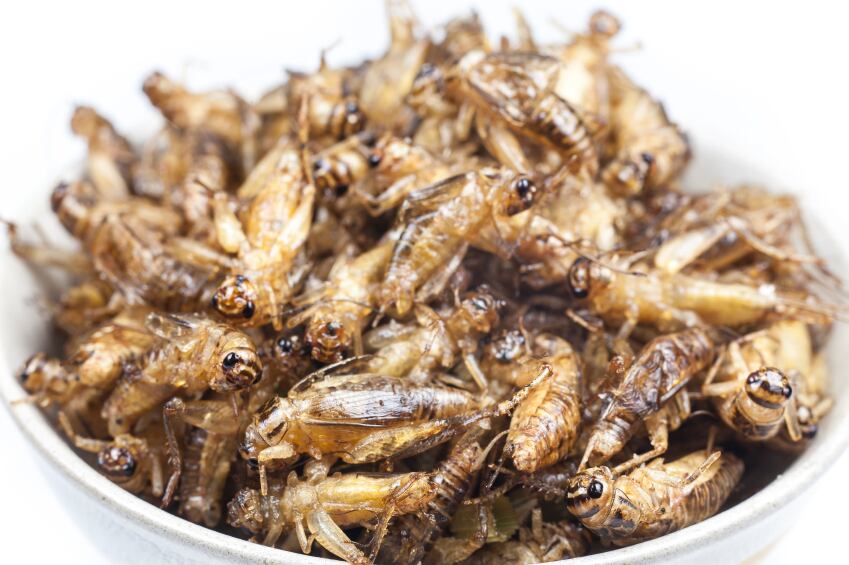By the year 2050 an additional 265 million tonnes of protein will be needed each year to feed the world’s growing population.
“[But] closing this protein gap is a serious challenge,” says Swiss processing giant Bühler. To meet this challenge, the company has teamed up with the Federal Institute of Technology in Zurich (ETH Zurich) to develop cultivation, extraction and processing technologies for proteins that can be produced in a more sustainable way compared with meat and dairy products.
Insects, algae and pulses have been selected for their good nutritional profiles while microalgae, such as Chlorella and Spirulina, as well as insects are attractive because they do not compete with existing farmland and grow quickly.
In the short term Bühler believes most demand will come from pulses but in the long term its sees algae, and insects in particular, as having the most potential.
It has dedicated 40% of the project resources to pulses, 20% to algae and 40% to insect protein, and the first ingredients are expected to be rolled out within the next few years.
Nadine Müller, nutrition programme manager at Bühler told FoodNavigator the ingredients would also be tailored to suit regional preferences across the globe.
“Food consumption differs from region to region. Therefore processes also have to be adapted to local attitudes. Let's take pulses as an example: in India, it is important to get splits with sharp edges and a shiny surface. In Europe, pulses are milled to flours that are applied in ready-to eat products like pasta, snacks, backed goods or meat analogs. For insects and algae a strong focus will be on Asia, where most algae are cultivated and regulatory and mindset barriers for insects are lower.”
Last year the European Food Safety Authority (EFSA) issued an opinion saying European adults require on average 0.83 g protein/kg body weight each day from “high quality protein and protein in mixed diets”.
Each protein is at a different stage of development. For pulse processing, Müller said some of the applications were fully developed - for instance cell disruption technology developed for algae processing is ready for market - but others are still in the research phase. Insect proteins are partly under development and partly in the research phase, and Bühler is in the process of setting up a pilot facility in China to process fly larvae and mealworms on an industrial scale, with the aim of producing both an insect flour that can replace fishmeal and a high-grade fat with a similar profile to palm kernel oil.

For insects, Bühler is looking into which ingredients are safe and whether there are any long-term effects on human and animal health. But with the novel food regulation still looming large in Europe, it will first develop insects as an ingredient for animal feed and pet food.
“A completely new value chain has to be built up," Müller said. "Starting from ensuring a safe and reliable feedstock supply for the insect, via mass rearing of insect larvae as well as their processing into insect ingredients (e.g. protein meals), and finally application of this ingredients in final products like fish feed formulations or pet food products. To be successful, all activities need to be developed at the same time. Therefore we will rely on the success of certain other companies, but by having a good network the risk is manageable."
"The regulatory framework regarding insects [for human consumption] is expected to be changed, but nobody knows, when this will be the case," she added.
Bühler, which transforms around 65% of the wheat harvested across the world into flour, is not the only industry player to be looking towards alternative proteins.
Earlier this year non-profit organisation Forum for the Future launched its Protein Challenge 2040. The project aims to boost plant-based protein consumption, scale up sustainable feed and reduce protein waste.
Members include conservation NGO World Wide Fund for Nature (WWF), the Global Alliance for Improved Nutrition (GAIN), dairy firm Volac, flavour firm Firmenich, confectionery manufacturer Hershey and meat-free brand Quorn.
